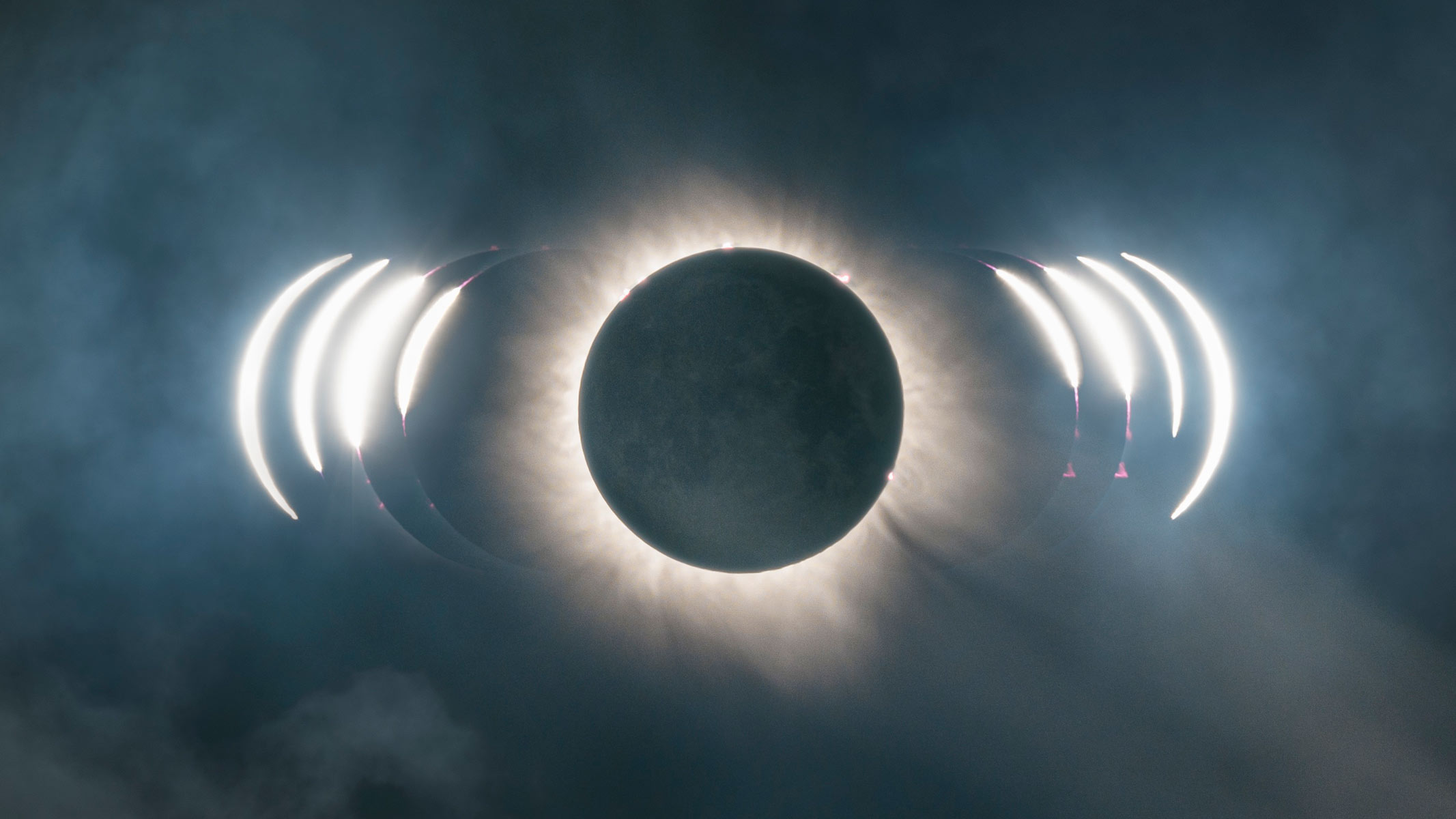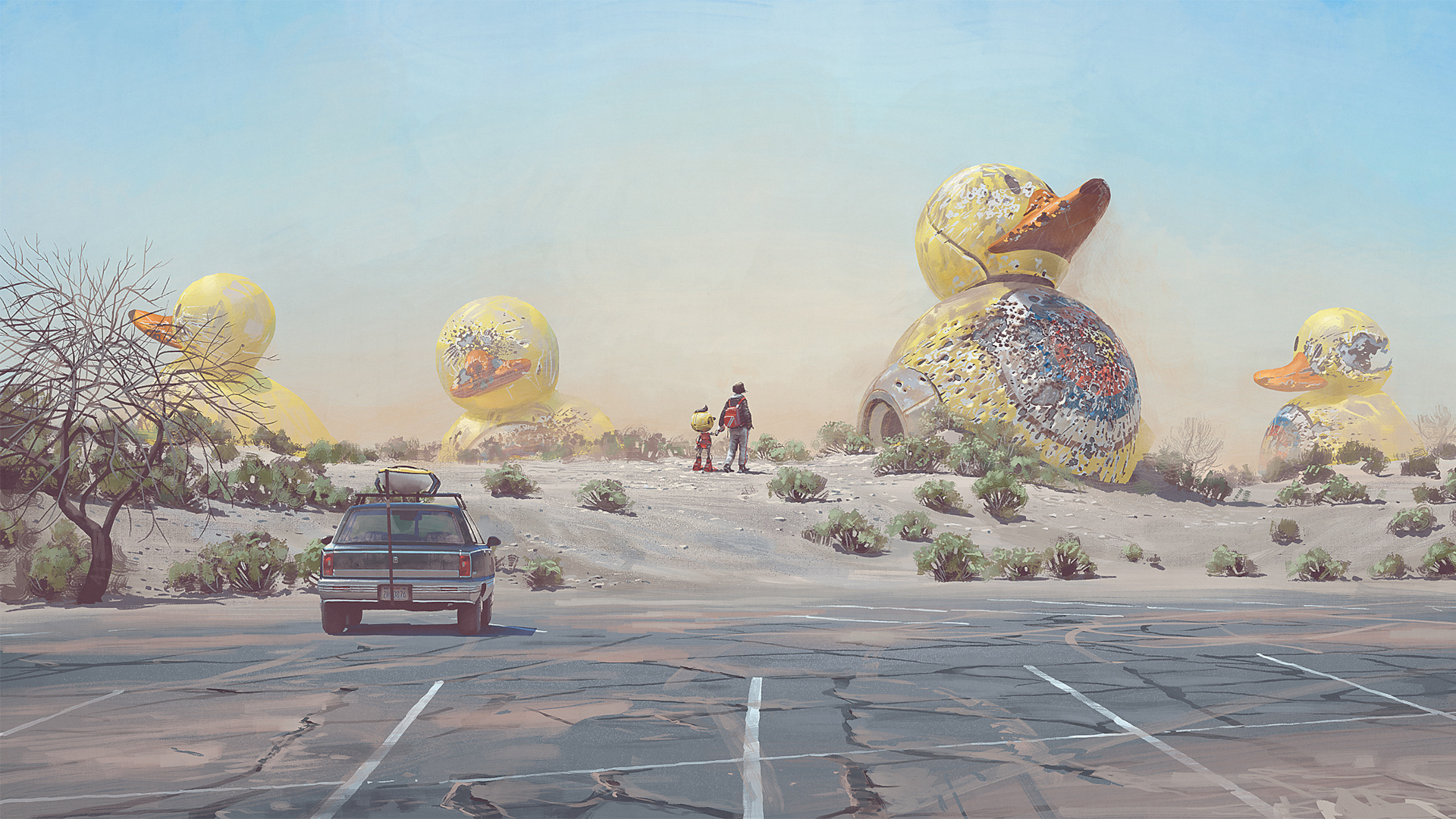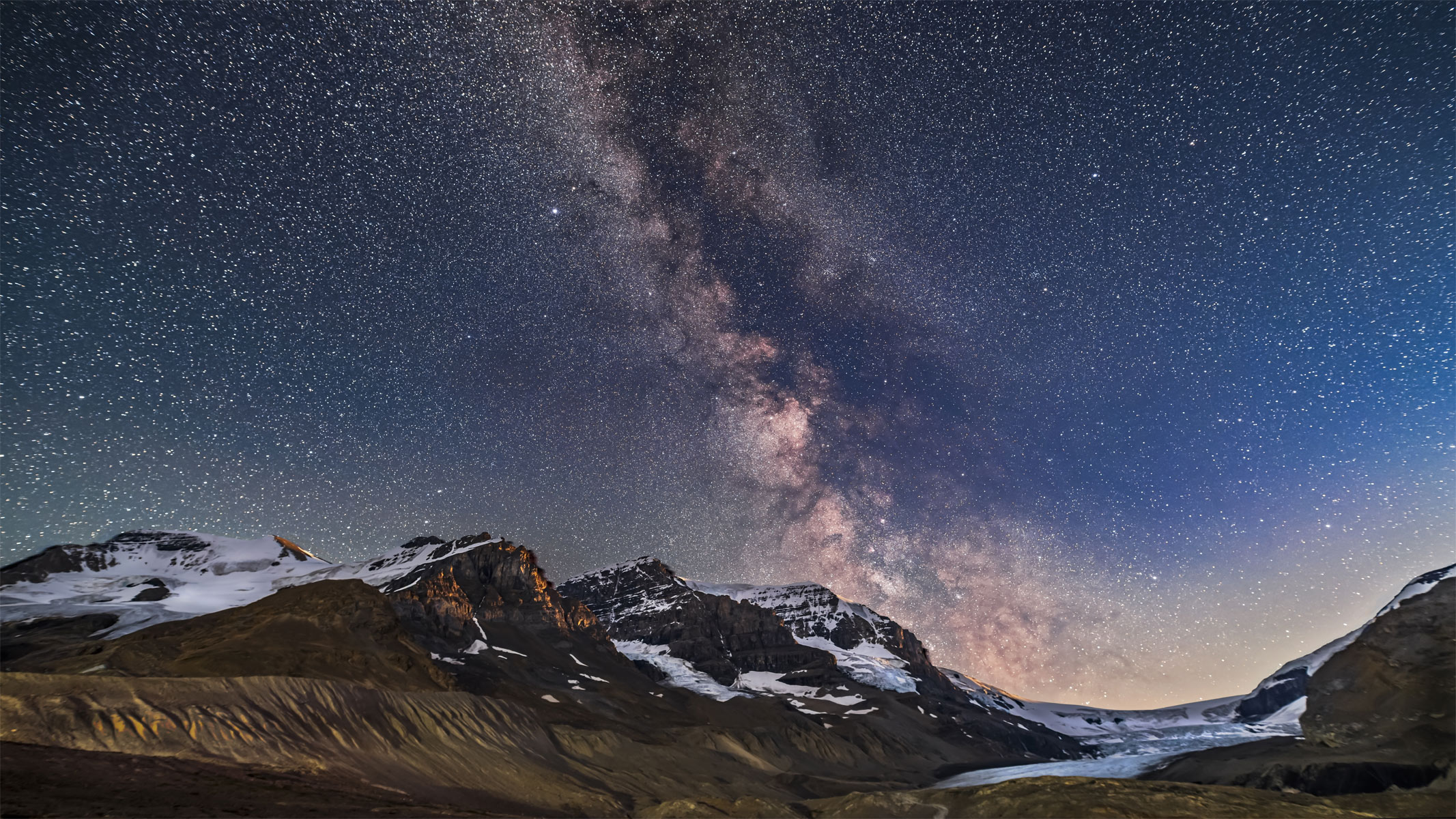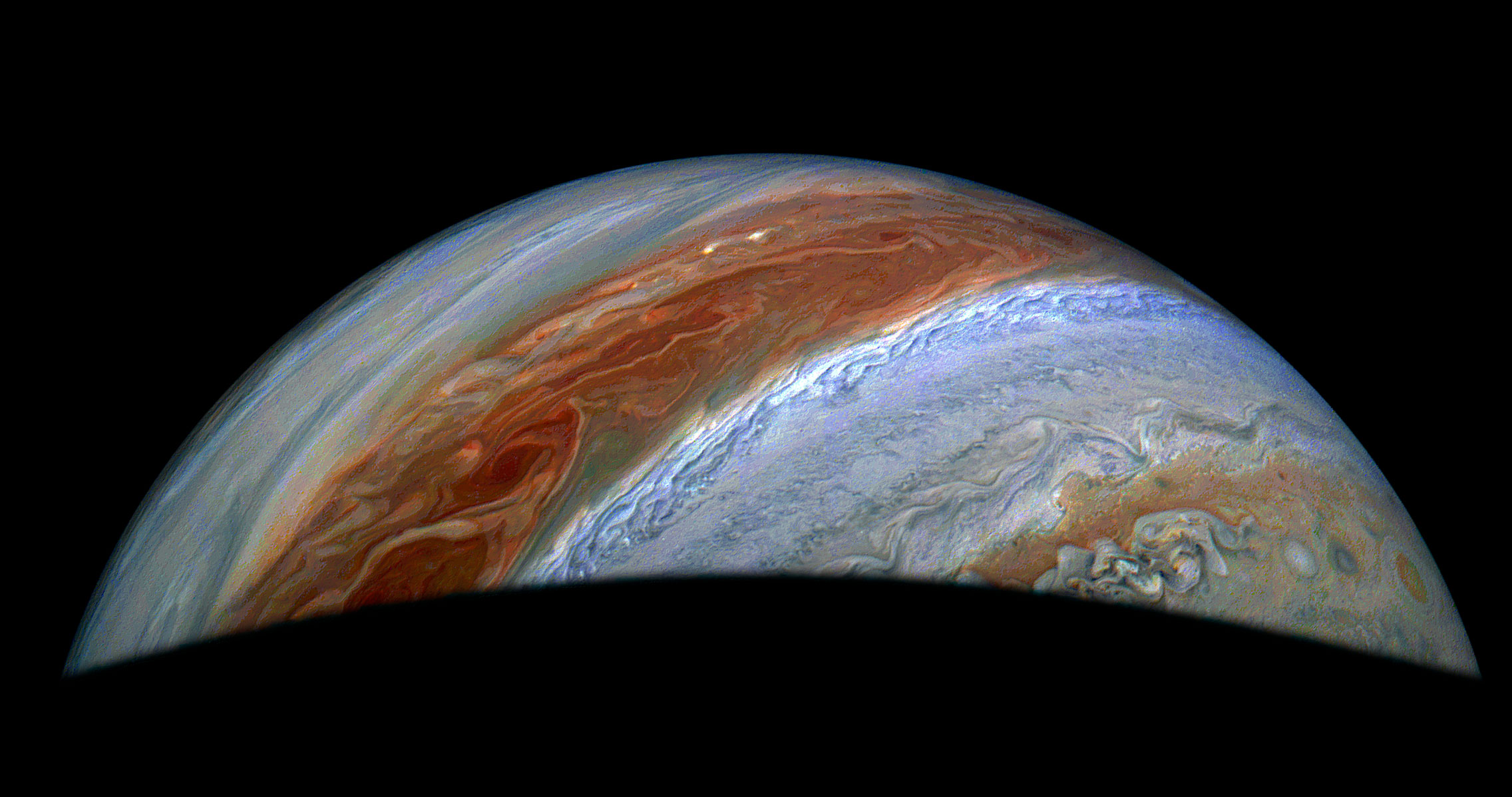Goldilocks zone: Everything you need to know about the habitable sweet spot
Nestled in a star's Goldilocks zone, we might find planets like our own.
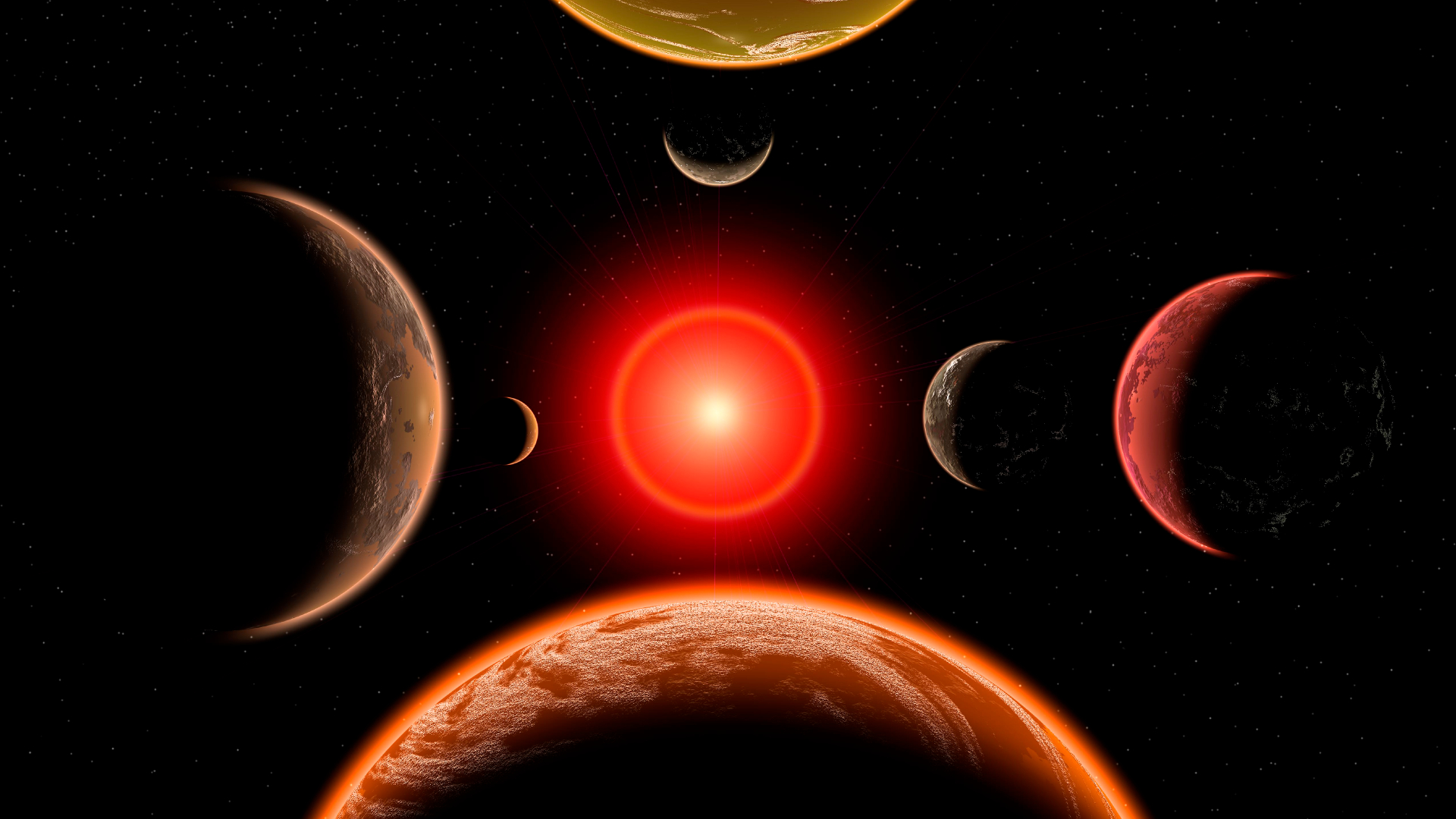
The habitable zone is the region around a star where an orbiting planet could host liquid water and, therefore, possibly support life.
The habitable zone is also known as the "Goldilocks zone" because planets orbiting at that "just right" distance from a star are not too hot or too cold to host liquid water. If planets are closer to their star, the water turns to steam; if they're farther, it freezes.
Some researchers think the potential for liquid water has too simplified a picture of what it takes to support life. Venus, for example, is technically in the sun's habitable zone; its orbit keeps the planet within the area where liquid water could possibly exist. But in reality, the planet's carbon dioxide-rich atmosphere gives it the hottest surface temperatures of any planet in the solar system, and it's unlikely that life exists on its scorching surface or in its skies.
Related: The 10 most Earth-like exoplanets
What is the Goldilocks zone?
The Goldilocks zone is different around each star. Bigger, hotter stars like the sun, a G-type star, have a wider habitable zone, while smaller red dwarfs confine habitable planets to a narrower range, according to NASA. But G-type stars are shorter-lived (on a galaxy timescale, that is) than some other types of stars. One abundant kind of star, K-type stars, can burn for tens of billions of years and, because of their stability, might have the most promising habitable zones.
But stars are individuals, too; for example, some red dwarfs are unpredictable, sending sterilizing flares toward their planets, while others are steady and reliably calm. So while two stars may have similar habitable zones and similarly sized planets, one star system might contain a much more promising candidate for life.
One example is the exoplanet TOI 700 d, discovered in 2020 by NASA's Transiting Exoplanet Survey Satellite (TESS). The star that TOI 700 d orbits could have been considered an unlikely home for life-bearing planets based on its type and its habitable zone alone. However, it’s a particularly “quiet star,” according to its discoverers, and has been stable long enough that on one of its planets, life could indeed have taken hold.
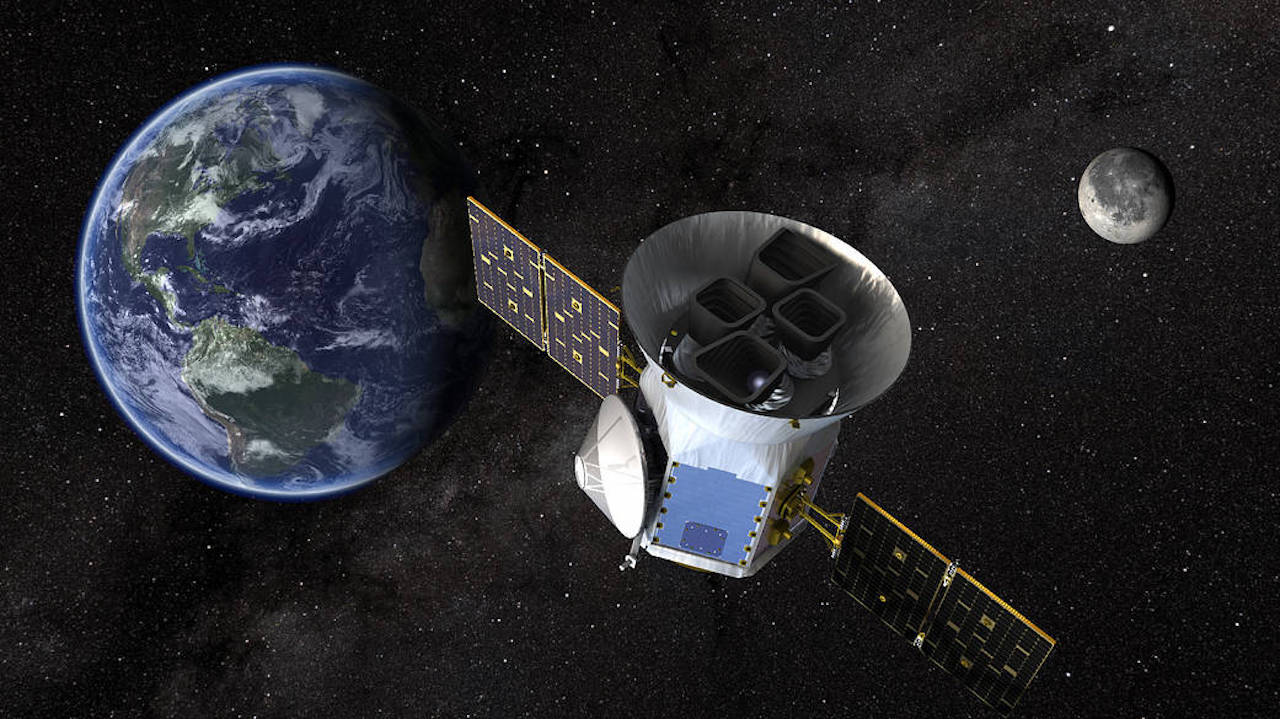
A star's habitable zone does not depend on the types of planets that are actually in the region. Gas giants are less likely to harbor life, according to NASA. So, in addition to searching for planets in stars' habitable zones, researchers look for worlds that resemble Earth in size, atmosphere or chemical composition.
Related: Superhabitable planets: Alien worlds that may be more habitable than Earth
Goldlilocks zone FAQs answered by an expert
We asked Bruce Betts, Chief Scientist at the Planetary Society a few frequently asked questions about the Goldilocks zone.

Bruce Betts is Chief Scientist and LightSail Program Manager for The Planetary Society, the world's largest space interest group.
Why is it called the goldilocks zone?
The Goldilocks zone is a reference to the fairy tale Goldilocks and the Three Bears. In that story Goldilocks would find two extremes, then would find things that were "just right" for her. Similarly, planets too close to their star are too hot, those too far away or too cold, whereas those in the Goldilocks zone are just right. Just right in this case is distances from a star that could allow stable liquid water on the surface of a planet.
What planets are in the goldilocks zone?
In our solar system, the Earth is clearly in the Goldilocks zone with much of its surface covered by liquid water. Venus is too hot, Mars too cold, and Earth is just right. Since the Goldilocks zone is based on theoretical modeling and certain assumptions, some definitions may barely include Venus' orbit or Mars' orbit if the models yield planets different than Venus or Mars that could potentially have liquid water on the surface.
How big is the goldilocks zone?
This depends on the type of star and the theoretical assumptions that are used to determine whether liquid water might be stable on the surface of a planet. For our solar system, there are various definitions, so to take an example where Venus' orbit defines the inner boundary, and Mars' orbit the outer boundary. Venus orbits about 0.7 AU (1 AU = 1 Astronomical Unit) from the sun and Mars about 0.5 AU. So, the width of the goldilocks zone is about 0.8 AU or about 120 million km (about 75 million miles).
Which solar system planets are in the habitable zone?
Venus, Earth and Mars all orbit within the sun's habitable zone.
Venus is just far enough away from the sun for the planet to have the possibility of hosting liquid water, according to NASA. However, Venus' runaway greenhouse atmosphere makes the planet even hotter than Mercury, which is much closer to the sun. That atmosphere eliminates the possibility of life (as we would recognize it) on the planet's surface.
Earth is squarely in the middle of the sun's habitable zone. Some researchers say that isn't a coincidence; after all, we created the idea of "habitable zones" to look for planets like ours. To be fair, we have only one frame of reference. But as a result, we may be overlooking even better conditions for life than those on Earth because our view is too narrow.
Mars is at the far, chilly edge of the sun's habitable zone. But there is evidence that an ocean may have once flowed on Mars, and NASA's Perseverance rover is still busily sampling for microbial life that could be hidden below the planet's surface.
Why is the habitable zone important for the search for life?
Researchers use the idea of a habitable zone to narrow down which exoplanets might be good candidates in the search for extraterrestrial life.
As of early 2023, NASA's Kepler Space Telescope and TESS missions have detected and cataloged more than 5,000 exoplanets, according to the NASA Exoplanet Archive, and those represent just a tiny fraction of the planets we're likely to discover as we keep looking. Kepler showed that, on average, every star has at least one planet.
Additional resources
If you're excited about the possibility of civilizations in space, check out what's new at the SETI Institute, an organization dedicated to the search for extraterrestrial intelligence. Try your hand at a little exoplanet exploration of your own with NASA’s citizen science project. And if you want to dive deeper into the search for habitable worlds, read "The Smallest Lights in the Universe" (Crown, 2020), an astrophysicist's memoir about searching the universe while appreciating life on Earth.
Bibliography
De La Torre, L. B. (2022, December 15). What is the habitable zone? Exoplanet Exploration: Planets Beyond Our Solar System. NASA/JPL. https://exoplanets.nasa.gov/resources/2255/what-is-the-habitable-zone
NASA Exoplanet Science Institute. Exoplanet and candidate statistics. (n.d.). NASA Exoplanet Archive. Retrieved January 27, 2023, from https://exoplanetarchive.ipac.caltech.edu/docs/counts_detail.html
NASA. (2021, April 2). The search for life. Exoplanet Exploration: Planets Beyond Our Solar System. https://exoplanets.nasa.gov/search-for-life/habitable-zone
Join our Space Forums to keep talking space on the latest missions, night sky and more! And if you have a news tip, correction or comment, let us know at: community@space.com.
Get the Space.com Newsletter
Breaking space news, the latest updates on rocket launches, skywatching events and more!

Vicky Stein is a science writer based in California. She has a bachelor's degree in ecology and evolutionary biology from Dartmouth College and a graduate certificate in science writing from the University of California, Santa Cruz (2018). Afterwards, she worked as a news assistant for PBS NewsHour, and now works as a freelancer covering anything from asteroids to zebras. Follow her most recent work (and most recent pictures of nudibranchs) on Twitter.
-
rod "One example is the exoplanet TOI 700 d, discovered in 2020"Reply
Interesting Goldilocks zone exoplanet. A variety of reports in the past were presented on this exoplanet.
The first habitable-zone, Earth-sized planet discovered with exoplanet survey spacecraft, https://phys.org/news/2020-10-habitable-zone-earth-sized-planet-exoplanet-survey.html
NASA's planet Hunter completes its primary mission, https://phys.org/news/2020-08-nasa-planet-hunter-primary-mission.html
'The First Habitable Zone Earth-Sized Planet From TESS II: Spitzer Confirms TOI-700 d', https://ui.adsabs.harvard.edu/abs/2020arXiv200100954R/abstract, January 2020. "We present Spitzer 4.5 μ m observations of the transit of TOI-700 d, a habitable zone Earth-sized planet in a multiplanet system transiting a nearby M-dwarf star (TIC 150428135, 2MASS J06282325-6534456). TOI-700 d has a radius of 1.144+0.062−0.061R⊕ and orbits within its host star's conservative habitable zone with a period of 37.42 days ( Teq∼269 K). TOI-700 also hosts two small inner planets (R b = 1.037+0.065−0.064R⊕ & R c = 2.65+0.16−0.15R⊕ ) with periods of 9.98 and 16.05 days, respectively..."
Using these properties listed, http://exoplanet.eu/catalog/toi-700_d/
I calculate, 2.2597 earth masses, mean density, 10.053 g cm^-3, and escape velocity 16.22485 km/s. Is it a truly earth-sized exoplanet in the HZ? Perhaps not. There is no published atmosphere for this exoplanet either,http://research.iac.es/proyecto/exoatmospheres/index.php -
rod There are a variety of exoplanet reports presented that suggest habitable worlds like our Earth, https://forums.space.com/threads/astronomers-discover-potential-habitable-exoplanet-only-31-light-years-from-earth.59871/Reply
These habitable exoplanet world reports seem to come and go :) -
ghost1107 There is a smal typo in the article. In the part about 'How big is the goldilocks zone?', "Mars about 0.5 AU.". It should be 1.5AU instead of 0.5AU.Reply
